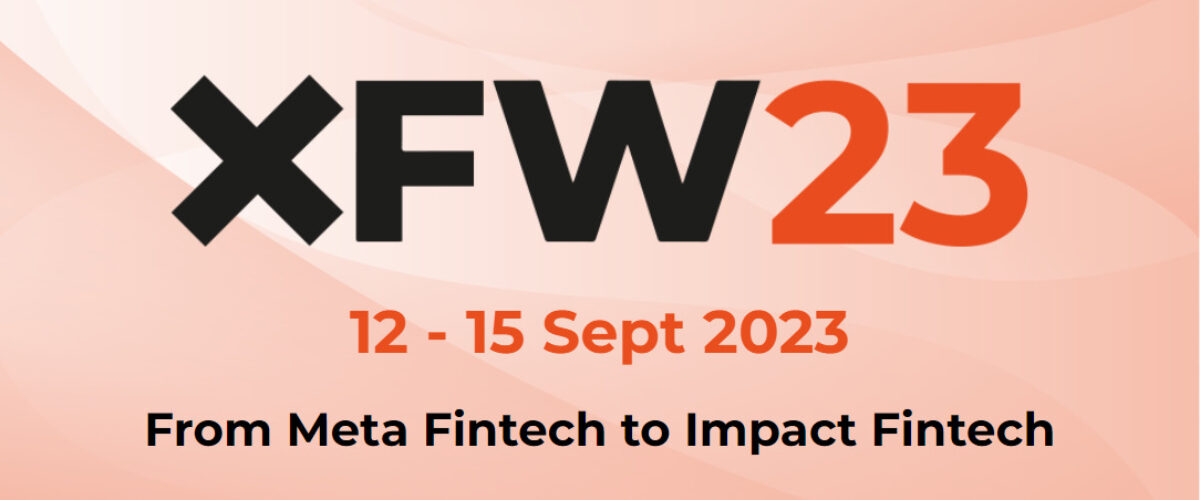The article explores the potential for banks to leverage the EU Digital Identity Wallet, a forthcoming secure and user-centric digital interface introduced by the European Commission. The focus is on how this wallet can streamline identification and authentication processes for financial institutions, ultimately enhancing onboarding procedures and opening up new opportunities in the financial sector.
The EU Digital Identity Wallet aims to be a standardized and seamless means for EU citizens and businesses to store and manage personal and professional identification and authentication data. It is designed to facilitate digital signing of documents and transactions, promoting convenience, security, and the broader adoption of digital services across the European Union.
While the usage of the wallet is voluntary, the European Commission has set an ambitious goal for adoption by at least 80% of all EU citizens and business users by 2030. The article highlights key features of the wallet, including receiving, managing, and sharing personal details as credentials, interoperability between countries, mandatory acceptance for services of public interest, and adherence to principles of data sovereignty and minimization.
The regulatory framework for the EU Digital Identity Wallet, known as eIDAS2, is in the final stages of approval, with few hurdles expected to stand in its way. Financial institutions are urged to prepare for the legal requirement, expected as early as 2026, for them to accept the EU Digital Identity Wallet as a means of identification.
The article discusses the potential opportunities for financial institutions arising from the EU Digital Identity Wallet. It emphasizes the positive impact on improving identification processes and addressing Know Your Customer (KYC) challenges. The wallet’s high level of assurance in identity verification could eliminate costly processes such as video identification, offering significant cost savings.
Additionally, the EU Digital Identity Wallet is positioned to streamline business onboarding processes by replacing manual document checks with fully digital presentation and verification of company credentials. The digital signing capabilities of the wallet are highlighted as a feature that could drive digitization, automation, and improvement of processes in financial institutions.
While the exact scope of the wallet in mandated industries is not entirely clear, the article encourages financial institutions to look beyond compliance and explore opportunities. It suggests that the EU Digital Identity Wallet offers banks the chance to reclaim relevance in the data value chain. Financial institutions can leverage the wallet to issue credentials directly, adding value to the data they possess and potentially creating new avenues for revenue generation.
In conclusion, the article underscores the importance of financial institutions not only preparing for compliance with the EU Digital Identity Wallet but also proactively exploring the broader opportunities it presents. The wallet is seen as a transformative tool that can positively impact customer identification, streamline processes, and potentially redefine the role of banks in the data value chain. Read full article here.



